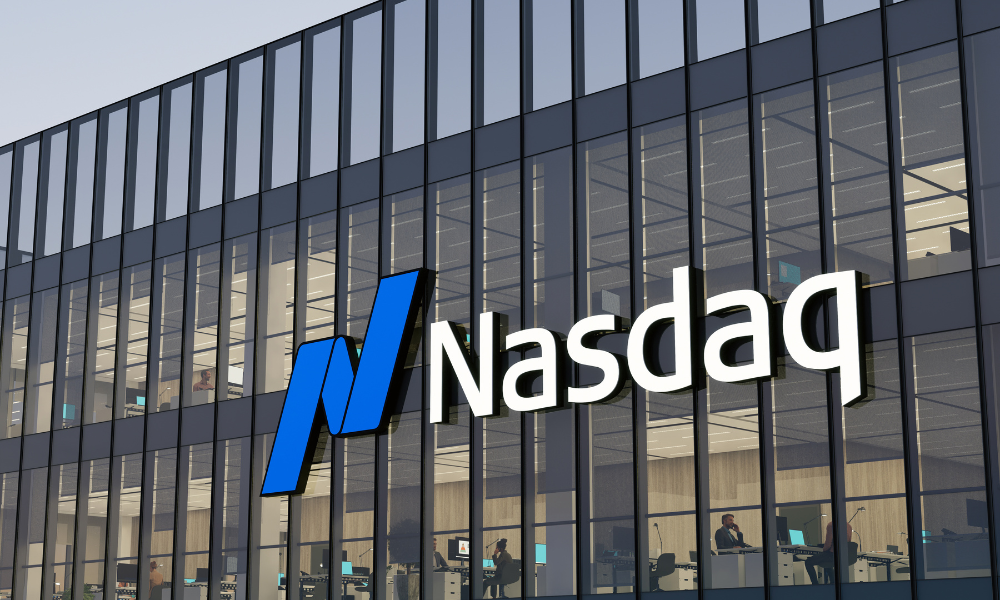

Technology stocks have rebounded and given Nasdaq futures a near 2% increase as of 5am ET Monday.
The rebound, which has also boosted the S&P 500 and Dow Jones by around 1%, follows a further adjustment to President Trump’s tariffs which exempts certain technology products from tariffs. Smartphones and laptops are key elements to this and helped Apple’s stock jump around 6.4% in pre-market trading with Nvidia up 2.9% and Webull Corporation soaring 141%.
Apple was heavily wounded by the tariffs imposed on Chinese imports into the US and also harmed by retaliatory tariffs from China, a big market for the firm’s products. Some estimates put the likely price of a new iPhone with all tariffs in place at around $1500, almost 50% more than its current price tag.
The reprieve for Apple and other tech stocks – remember current US trade policy is transient – may be short lived depending on the final decision on tariffs, which may be lower than for some other goods but higher than what was in place before ‘liberation day’.
Meanwhile, investors are seeking havens and are getting creative as traditional options such as gold continue to gain. Goldman Sachs sees potential for bullion at $4000 by mid-2026 following a 6.6% surge last week.
“Recent flows have surprised to the upside, likely reflecting renewed investor demand in hedging against recession risk and declines in risk asset prices,” Goldman analysts opined. Their recession risk bet is 45% which could fuel demand for gold ETFs and push prices near $3880 by the end of 2025.
While gold is a traditional safe place for investors, others are less so. With concern around US Treasuries and the dollar, the euro is gaining as the greenback struggles. A Bloomberg gauge of the spread between call and put options is below zero for the first time in five years, indicating greater demand for put options than calls as traders anticipate a weaker dollar.

Summit Financial unveiled a suite of eight new tools, including AI lead gen and digital marketing software, while MassMutual forges a new partnership with Orion.

A new analysis shows the number of actions plummeting over a six-month period, potentially due to changing priorities and staffing reductions at the agency.

The strategic merger of equals with the $27 billion RIA firm in Los Angeles marks what could be the largest unification of the summer 2025 M&A season.

Report highlights lack of options for those faced with emergency expenses.

However, Raymond James has had success recruiting Commonwealth advisors.
Orion's Tom Wilson on delivering coordinated, high-touch service in a world where returns alone no longer set you apart.
Barely a decade old, registered index-linked annuities have quickly surged in popularity, thanks to their unique blend of protection and growth potential—an appealing option for investors looking to chart a steadier course through today's choppy market waters, says Myles Lambert, Brighthouse Financial.
